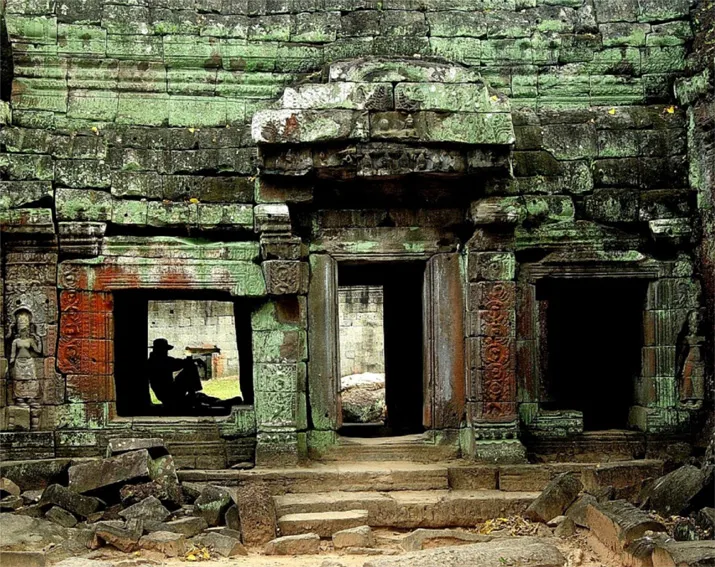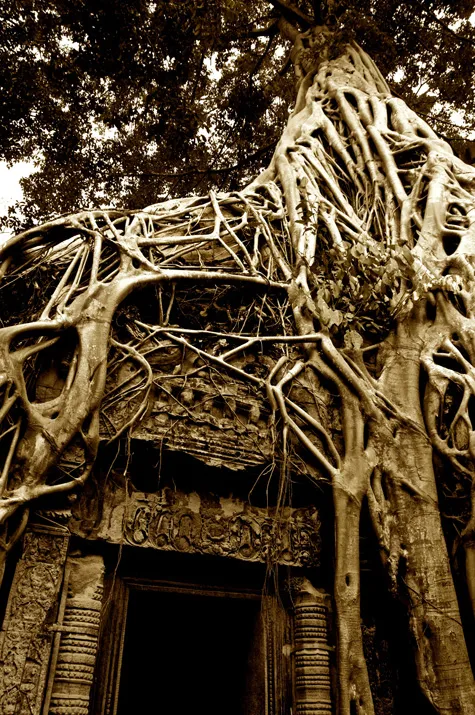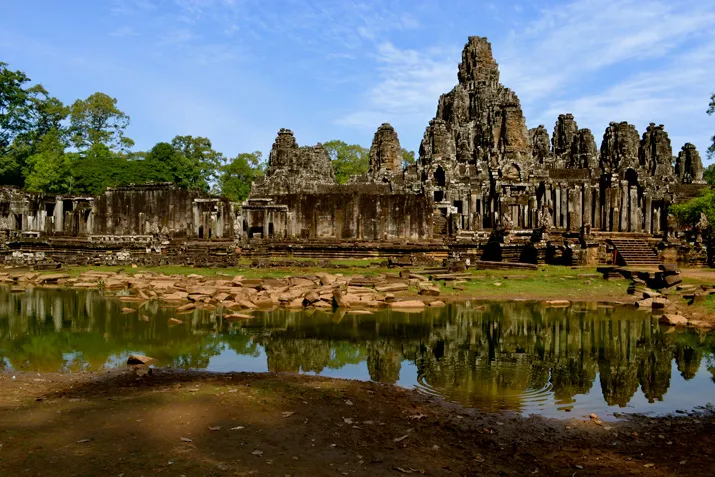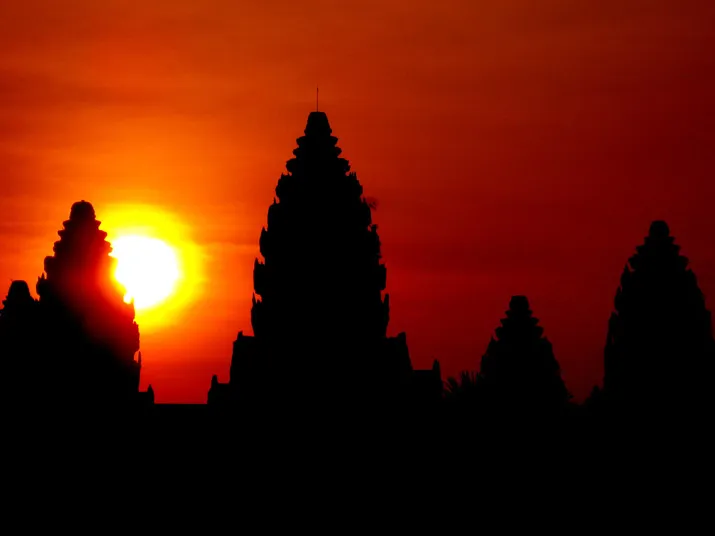The Grandeur of Angkor Wat
The 12th century temple is the worlds largest religious structure and a jewel of Khmer architectural style
/https://tf-cmsv2-smithsonianmag-media.s3.amazonaws.com/filer/lifelist-angkor-wat-631.jpg)
Photographer Michael Freeman has seen it all. He's been to the Valley of the Kings in Egypt and remote temples in Sudan's Nubian desert. Yet nothing has moved him in the same way as Angkor Wat (see above) in Cambodia, where "scale, artistry and location are all superlative."
Angkor Wat is actually just one of more than a dozen magnificent temples in the vast metropolis of Angkor, the capital of the Khmer Empire from the 9th to the 15th centuries. Within Angkor Wat, carved bas-reliefs illustrate scenes from the Ramayana and the Mahabharata—epic poems that are also sacred Hindu texts. "Just think that the single temple of Angkor Wat has the same tonnage of rock as the Pyramid of Cheops," marvels Freeman, "yet much of it is carved." Small wonder then that at least two million tourists visited Angkor in 2007—and that number is expected to increase by more than 15 percent a year. The best way to avoid the crowds is to go off-season (May-October), when you can stand quietly among ruins embedded in the surrounding rain forest.
Planning Your Next Trip?
Explore great travel deals
Smithsonian magazine participates in affiliate link advertising programs. If you purchase an item through these links, we receive a commission.



